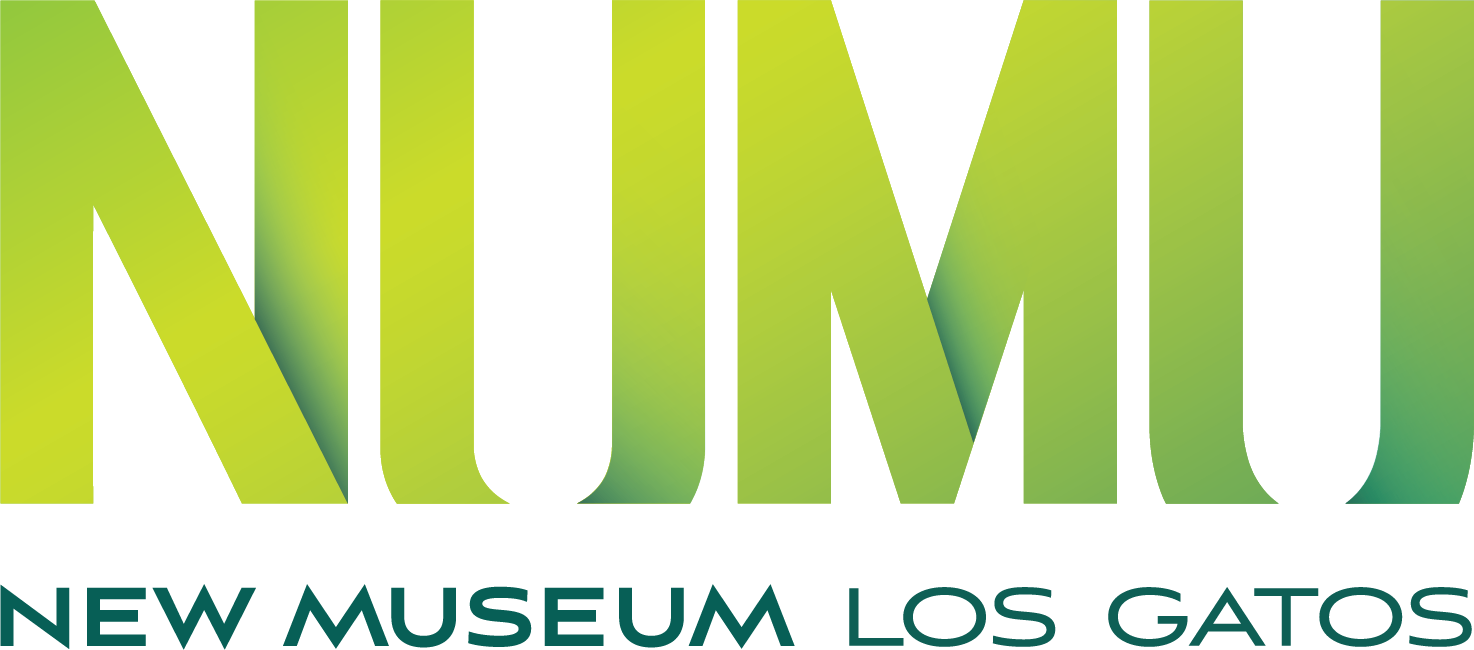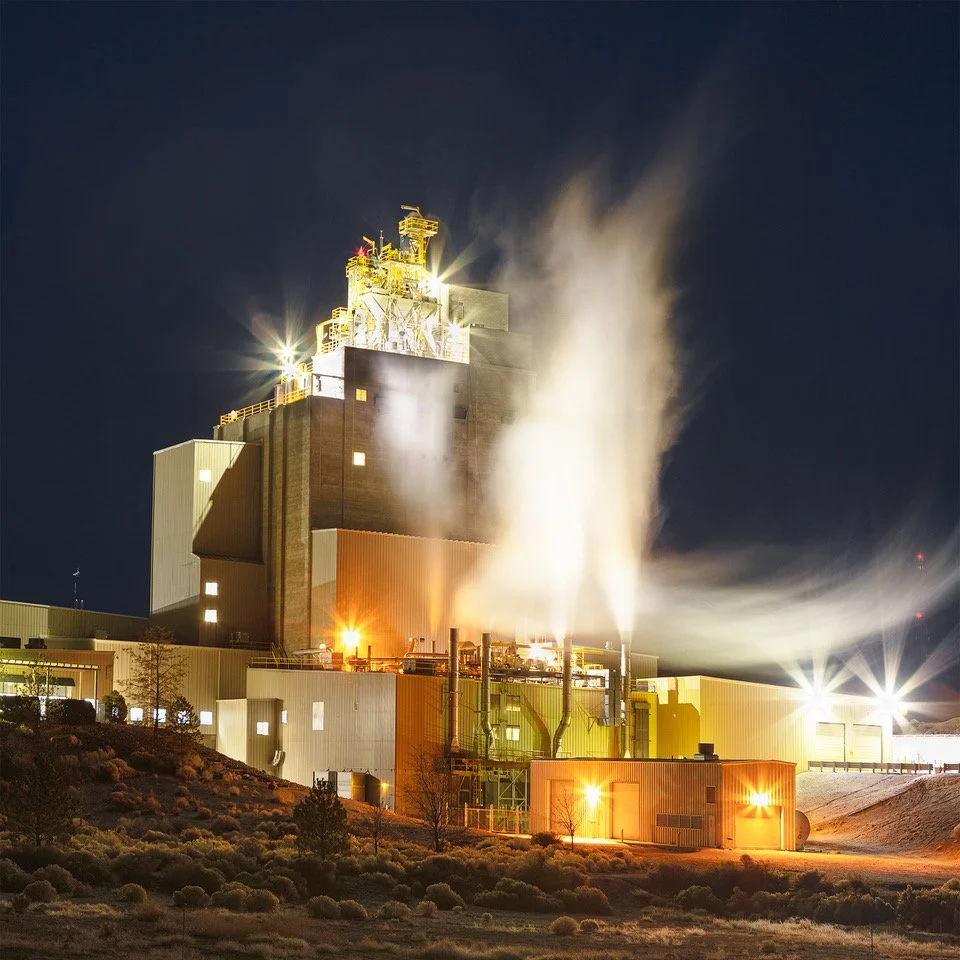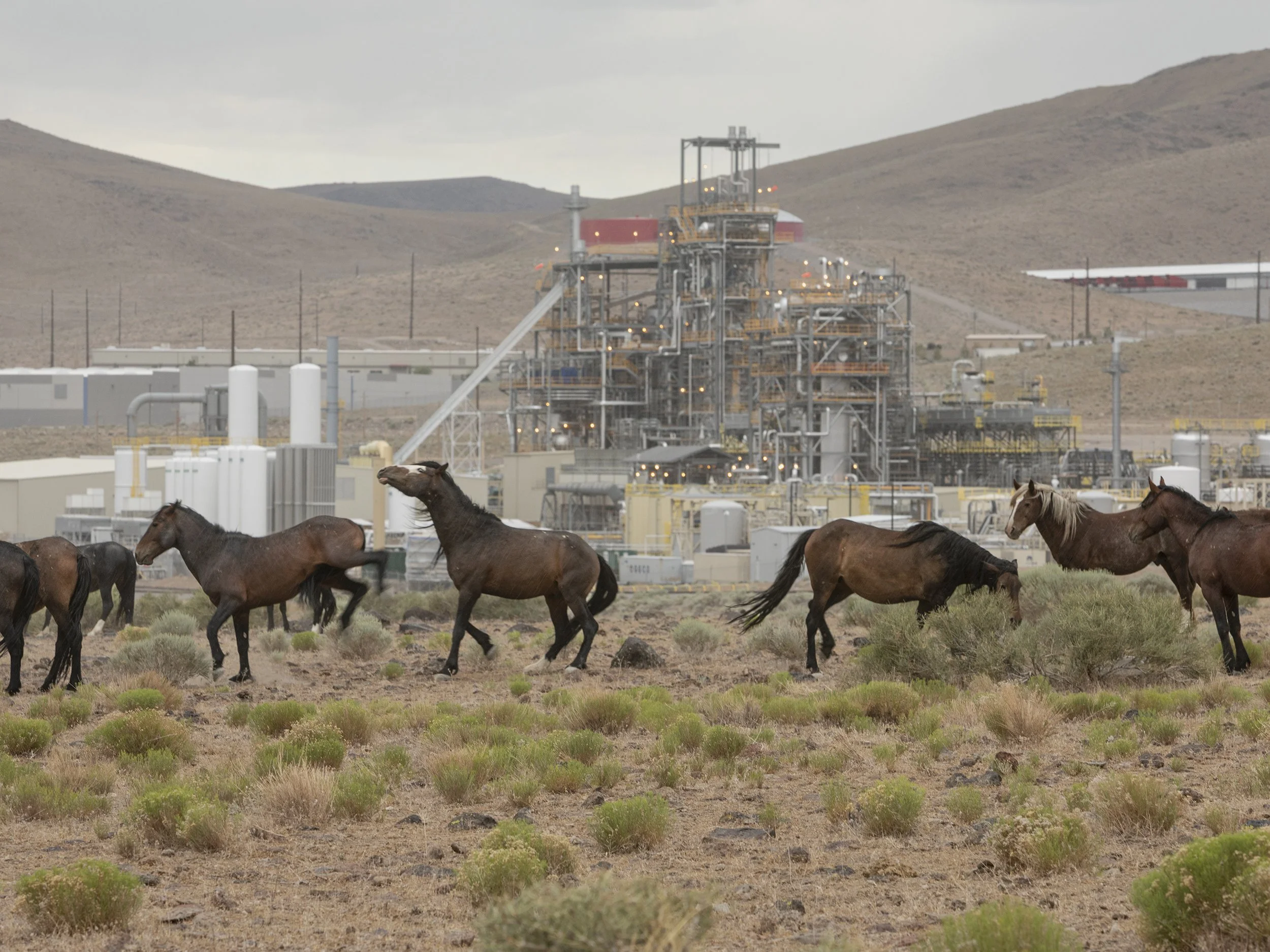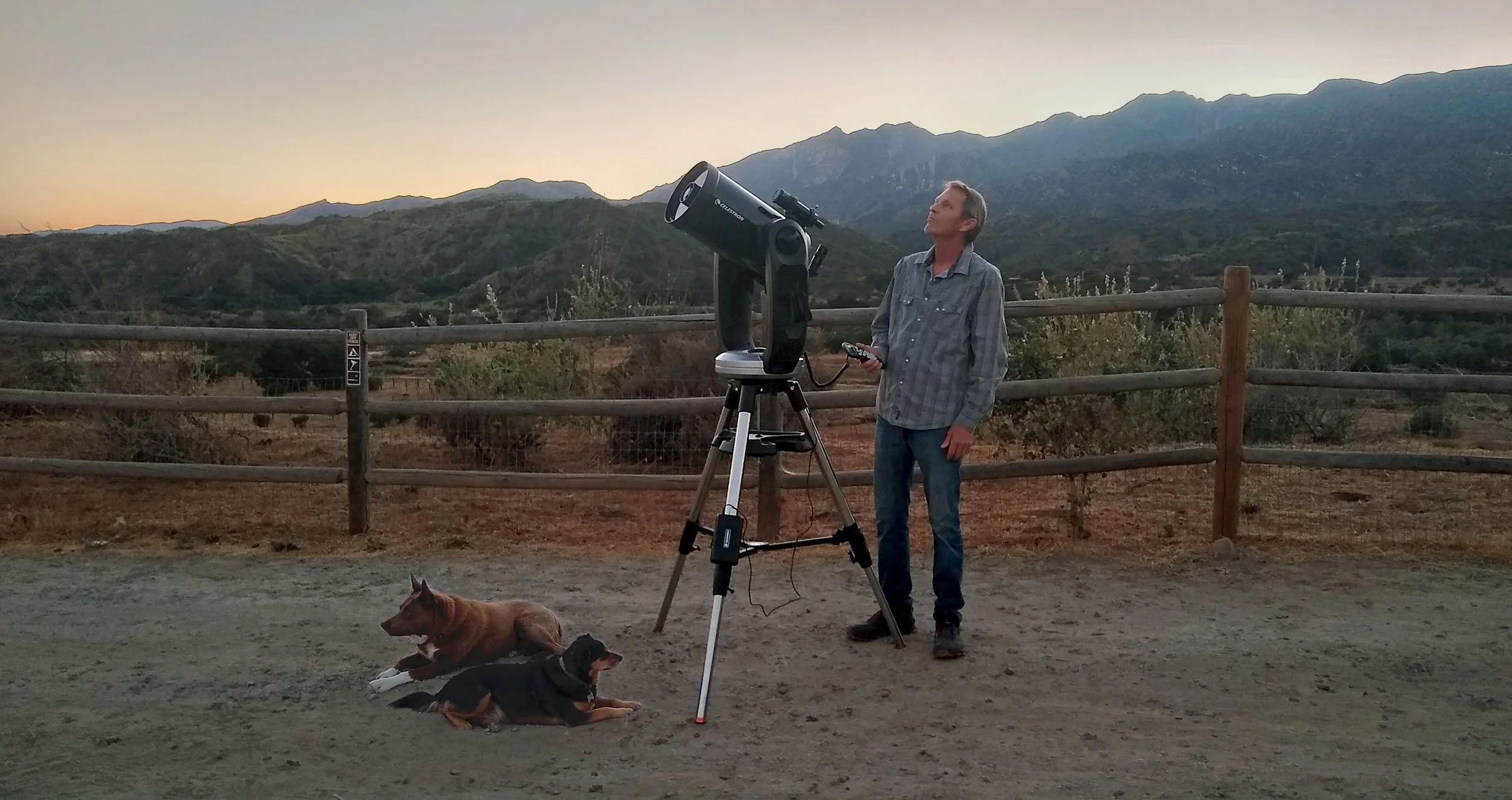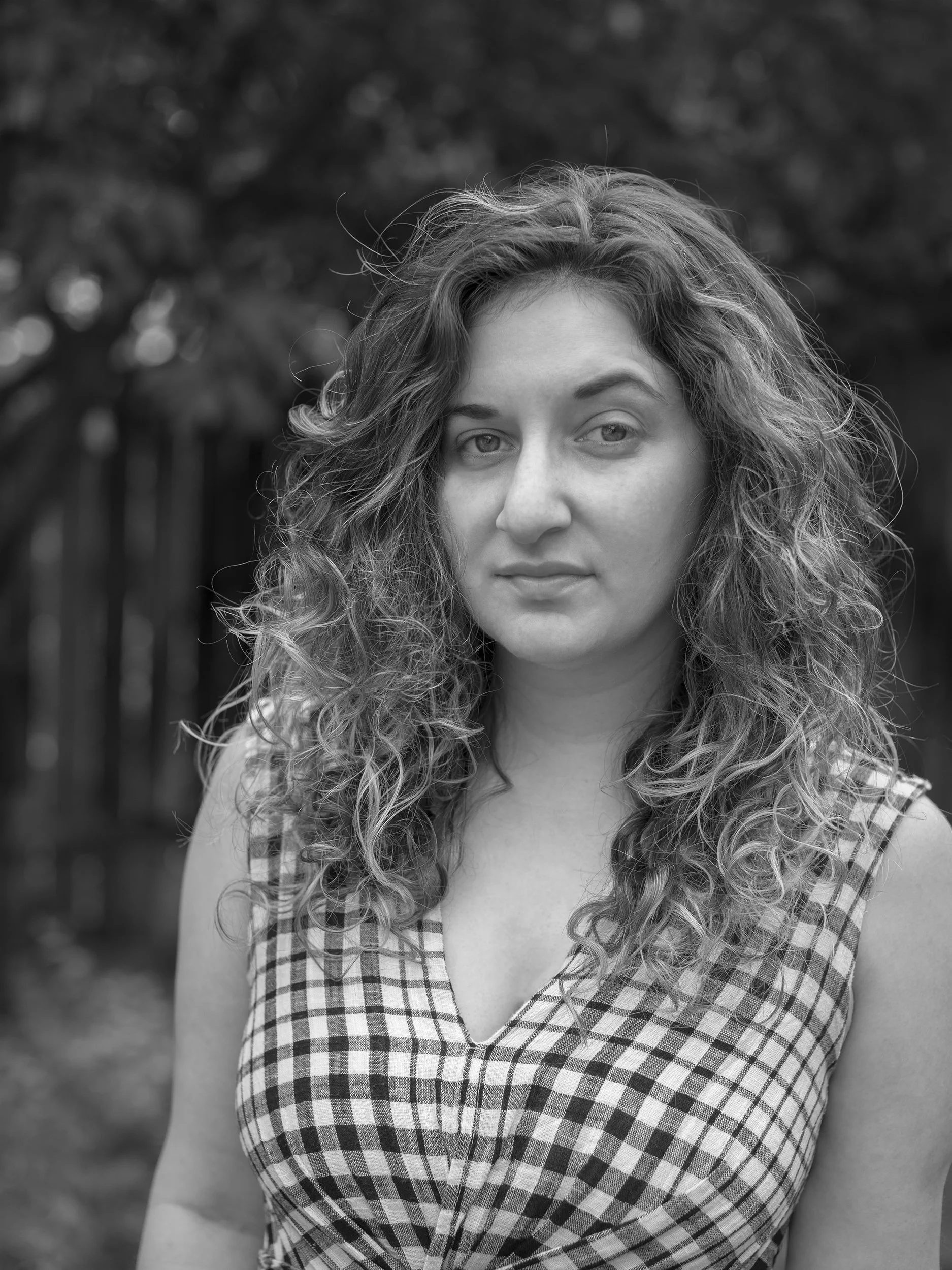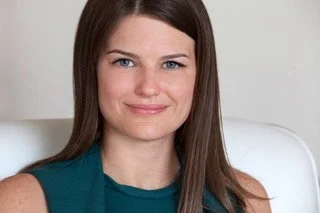Expendition: The Tahoe-Reno Industrial Center (TRIC), Photograph by Tracy Fish
PROGRAM DETAILS
Date: Thursday, March 2, 2023 | 5 - 8 PM PT
5-5:30pm | Artist Talk | Main Gallery
Feat. Russell Crotty, Exhibiting Artist in Terra Firma
6-7pm | Panel Discussion | Los Gatos History Hall
Feat. Tracy Fish, Dr. Kerry Rohrmeier + Dr. Jan English-Lueck
7-8pm | Moon Gazing | Patio
Location: In-person at New Museum Los Gatos | 106 E. Main Street, Los Gatos, CA 95030
Tickets: FREE with standard admission rates
NUMU's mission is to make programming accessible to all. Donations directly support the museum’s exhibitions and educational programs. Please contribute whatever you are able.
About this Event
From natural to man-made frontiers, join us as we explore connections between land and art, from the backroads of Silicon Valley to the stars above. We will begin with an artist talk in our main gallery, followed by a panel discussion examining the reach of Silicon Valley into the Tahoe-Reno Industrial Center, ending with a chance to mingle and observe the full moon through telescopes on our patio.
About the Artist Talk
Join artist Russell Crotty for a walkthrough and discussion of his work in Terra Firma, touching on how he obsessively and enthusiastically documents the night sky, celestial phenomenon, and their connection to our terrestrial landscape within his practice as a visual artist.
Following the talk, the artist will have his 9.25 diameter Celestron Schmidt-Cassegrain telescope set up in front of the museum to view the waxing gibbous moon and share the joy and wonder of observing celestial objects.
Russell Crotty, Illuminations at Piedra Blanca, 2021, Ink, color pencil and gouache on museum board, Courtesy of the Artist and Hosfelt Gallery
About the Panel Discussion
Using connections between Silicon Valley and the Tahoe-Reno Industrial Center as a case study, we will present findings from a multiyear interdisciplinary place-based research project that contextualizes tales of the wild west, booming industry, and a radical envisioned future. Together, we can discuss human-centered approaches to community creation against a backdrop of stunning landscape photography.
Expendition: The Tahoe-Reno Industrial Center (TRIC), Photograph by Tracy Fish
Meet Russell Crotty
As a serious amateur astronomer, Russell has studied the night sky for decades, utilizing his own array of telescopes with occasional sojourns to professional observatories. In 2015-2016, he engaged in a collaborative residency co-organized by the Institute of the Arts and Sciences (IAS) at UC Santa Cruz, the UC Lick Observatory, Theoretical Astrophysics Santa Cruz (TASC), culminating in a solo exhibition at the Institute of Contemporary Art San José. (Russell Crotty IAS/UCSC Residency) He has made observational contributions to accredited astronomy organizations such as NASA and ALPO (Association of Lunar and Planetary Observers).
Meet the Panelists
Tracy Fish (she/her) is a documentary and fine art photographer, born and raised in Brooklyn, N.Y. Her creative work expands genres, using her interest in culture and history as a catalyst to explore memory, identity, familial narrative, place, and the environment through photography, audio, and experimental videography. She is currently an Assistant Professor and Area Head of Photography teaching courses in still and moving images at the undergraduate and graduate levels. Tracy has won various awards and exhibited both nationally and internationally. She received her MFA in Experimental and Documentary Arts from Duke University (2015).
Dr. Kerry Rohrmeier (she/her) is Co-Principal Investigator on the Mosaic Atlas; she had the original vision to create a Geographic Information Systems (GIS) to map arts and cultural assets in Santa Clara County. This evolved into an interactive digital tool for arts equity and access and a model for San Jose State University students to learn cartographic skills in class, get paid internships with Mosaic America, and launch rewarding careers in public information technology in Silicon Valley. Kerry hopes to grow the atlas into a Citizen Arts GIS framework where high school and community college students can expand the mosaic in their communities. Kerry is a cultural geography Assistant Professor at San Jose State University in the Department of Urban & Regional Planning. She has studied her northern Nevada home region for over two decades.
Dr. Jan English-Lueck is a Professor of Anthropology at San José State University and a Distinguished Fellow at the Institute for the Future. English-Lueck studies societies who actively create new cultural futures, from China to Silicon Valley, and Black Rock City. Her books on Silicon Valley include Cultures@SiliconValley, now in its second edition. Jan has been a key contributor in development of the exhibitions Reclamation: Resilience of the Muwekma Ohlone Tribe and Reclamation: Aboriginal Ancestral Homeland of the Muwekma Ohlone Tribe.
More Details
About Tracy + Kerry’s Collaboration
Expendition: The Tahoe-Reno Industrial Center (TRIC)
Urban Geographer Dr. Kerry Rohrmeier and Photographer Tracy Fish are engaged in ongoing interdisciplinary field research documenting a paradoxical landscape, which acknowledges an emplaced past and present while posing questions about the evolving future as a radical blockchain utopia or opaque industrial exurb. As Truckee Meadows residents we are co-creating new topographic artworks and narratives that express experience with environmental, social, and economic expendability at Tahoe-Reno Industrial Center.
Expendition: The Tahoe-Reno Industrial Center (TRIC), Photograph by Tracy Fish
San Jose State University
The San Jose State Department of Anthropology has had a long-standing partnership with the Muwekma Ohlone Tribe of the San Francisco Bay Area. This relationship has resulted in many collaborative and mutually beneficial projects that have involved faculty, students, and members of the Tribe. The department is committed to forging deeper relationships with the peoples whose land SJSU occupies.
About the Mosaic Atlas
Mosaic America is a nonprofit organization that strengthens communities, cultivates belonging, and catalyzes inclusion through inter-cultural and co-created art. Their team of artists uses inspiration from their cultures and art forms to collaborate on unique performances and expressions that highlight the common threads of our shared American story.
LEARN MORE ABOUT MOSAIC AMERICA
The Mosaic Atlas will be on-view at NUMU as part of the exhibition Reclamation: Aboriginal Ancestral Homeland of the Muwekma Ohlone Tribe. Kerry is Co-Principal Investigator on the Mosaic Atlas; she had the original vision to create a Geographic Information Systems (GIS) to map arts and cultural assets in Santa Clara County. This evolved into an interactive digital tool for arts equity and access and a model for San Jose State University students to learn cartographic skills in class, get paid internships with Mosaic America, and launch rewarding careers in public information technology in Silicon Valley. Kerry hopes to grow the atlas into a Citizen Arts GIS framework where high school and community college students can expand the mosaic in their communities.
